#kashmir shaivism
Text
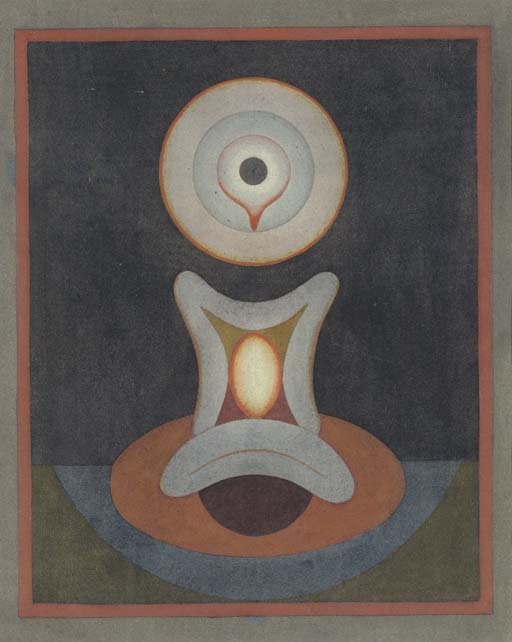
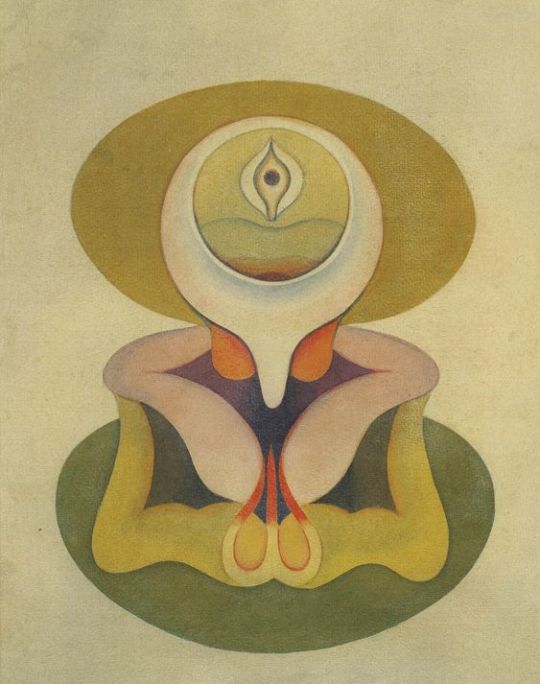
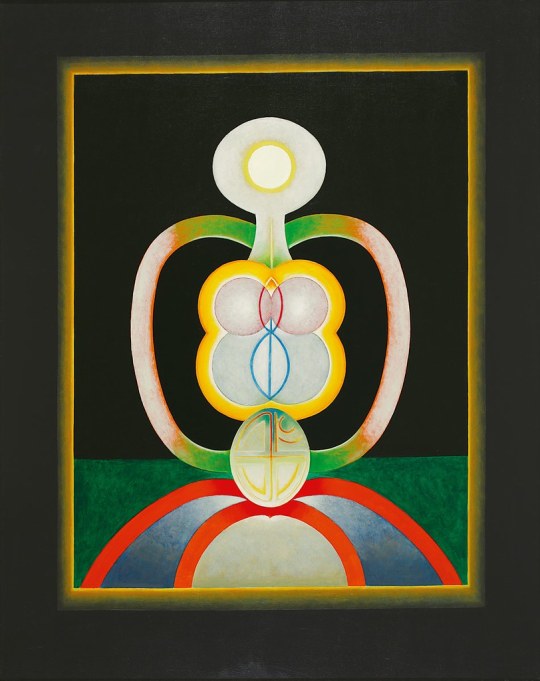

Gulam Rasool Santosh
Kashmiri painter and poet.
482 notes
·
View notes
Text
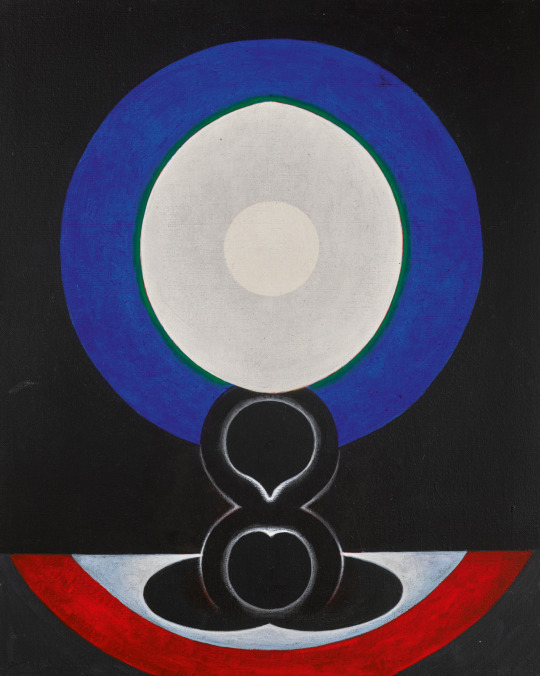
Untitled, Gulam Rasool Santosh, 1977
Oil on canvas
46.8 x 38.2 cm (18 ⅜ x 15 in.)
#art#painting#gulam rasool santosh#contemporary art#asian art#1970s#20th century art#20th century#oil#indian#kashmiri#kashmir shaivism#tantric#tantric art#south asian art
37 notes
·
View notes
Text
Selections from the Mystic Poetry of Lalla of Kashmir
Restless mind, don’t infect the heart with fear.
That virus is not for you.
The Infinite knows what you hunger for.
Ask Him to carry you across.
Some, who have closed their eyes, are wide awake.
Some, who look out at the world, are fast asleep.
Some who bathe in sacred pools remain dirty.
Some are at home in the world but keep their hands clean.
Good or bad, I’m happy to welcome both.
I don’t hear with my ears, I don’t see with my eyes.
A voice speaks inside my heart,
my jewel-lamp burns bright even in a rampaging wind.
Lord! I’ve never known who I really am, or You.
I threw my love away on this lousy carcass
and never figured it out: You’re me, I’m You.
All I ever did was doubt: Who am I? Who are You?
Wrapped up in Yourself, You hid from me.
All day I looked for You
and when I found You hiding inside me,
I ran wild, playing now me, now You.
Don’t flail about like a man wearing a blindfold.
Believe me, He’s in here.
Come in and see for yourself.
You’ll stop hunting for Him all over.
A thousand times at least I asked my Guru
to give Nothingness a name.
Then I gave up. What name can you give
to the source from which all names have sprung?
Who trusts his Master’s word
and controls the mind-horse
with the reins of wisdom,
he shall not die, he shall not be killed.
Those who glow with the light of the Self
are freed from life even while they live.
But fools add knots by the hundred
to the tangled net of the world.
When the dirt was wiped away from my mind’s mirror,
people knew me for a lover of God.
When I saw Him there, so close to me,
He was All, I was nothing.
I trapped my breath in the bellows of my throat:
a lamp blazed up inside, showed me who I really was.
I crossed the darkness holding fast to that lamp,
scattering its light-seeds around me as I went.
Alone, I crossed the Field of Emptiness,
dropping my reason and my senses.
I stumbled on my own secret there
and flowered, a lotus rising from a marsh.
My mind boomed with the sound of Om,
my body was a burning coal.
Six roads brought me to a seventh,
that’s how Lalla reached the Field of Light.
You rule the earth, breathe life
into the five elements.
All creation throbs with the Unstruck Sound.
Immeasurable, who can take Your measure?
He who strikes the Unstruck Sound,
calls space his body and emptiness his home,
who has neither name nor colour nor family nor form,
who, meditating on Himself, is both Source and Sound,
is the god who shall mount and ride this horse.
He knows the crown is the temple of Self.
His breath is deepened by the Unstruck Sound.
He has freed himself from the prison of delusion.
He knows he is God, who shall He worship?
Master, leave these palm leaves and birch barks
to parrots who recite the name of God in a cage.
Good luck, I say, to those who think they’ve read the scriptures.
The greatest scripture is the one that’s playing in my head.
What the books taught me, I’ve practiced.
What they didn’t teach me, I’ve taught myself.
I’ve gone into the forest and wrestled with the lion.
I didn’t get this far by teaching one thing and
doing another.
I gave myself to Him, body and soul,
became a bell that the clear note of Him rang through.
Thoughts fixed on Him, I flew through the sky
and unlocked the mysteries of heaven and hell.
Wear the robe of wisdom,
brand Lalla’s words on your heart,
lose yourself in the soul’s light,
you too shall be free.
-- I, LALLA
The Poems of Lal Ded
Translated from the Kashmiri
by Ranjit Hoskote
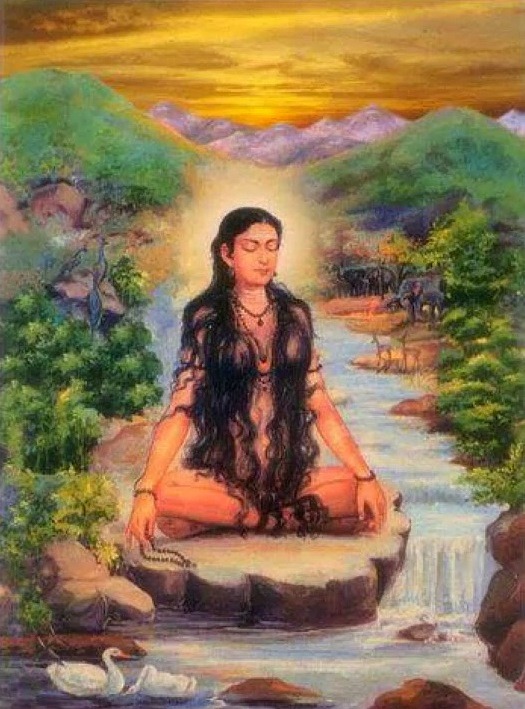
#lalla#kashmir#kashmir shaivism#communion with God#meditation#spirituality#mystics#poetry#sants#sufis
30 notes
·
View notes
Text
God is not anything, God is beyond words, God isn’t a mere concept, nor just an idea, God is are more than all of this. God is not a person rather God is unique. Only God is real.
#God#theology#mysticism#hinduism#islam#nonduality#non duality#nondualism#philosophy#tantra#advaita#kashmir shaivism#trika shaivism
5 notes
·
View notes
Text
"You are the heaven and You are the earth,
You are the day and You are the night,
You are all pervading air,
You are the sacred offering of rice and flowers and of water;
You are Yourself all in all,
What can I offer You?"
Lalla, the mystic
#advaita#kashmir shaivism#sayings of Lal ded#Lalla the mystic#kashmir mystics#shivoham#spiritual wisdom#nondualism
3 notes
·
View notes
Text
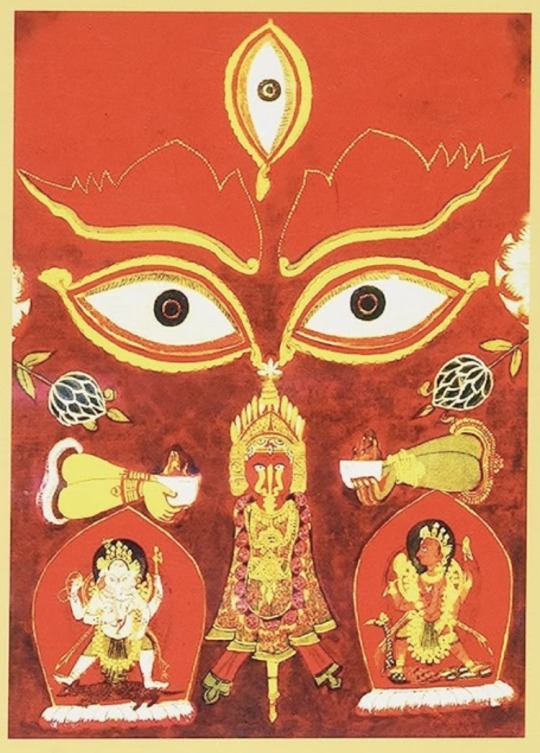
I don’t think I ever fully understood conversion. I never expected for a another faith to affect me as deeply as my native Christianity like Kashmir Shaivism, but I am become bodily, viscerally liberated, heart, soul, and spirit
5 notes
·
View notes
Text
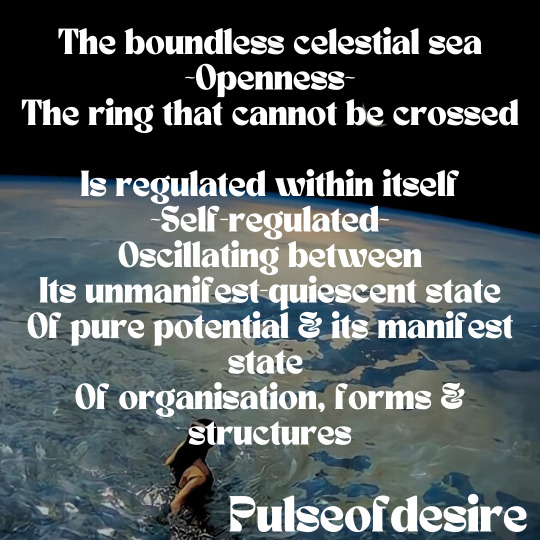
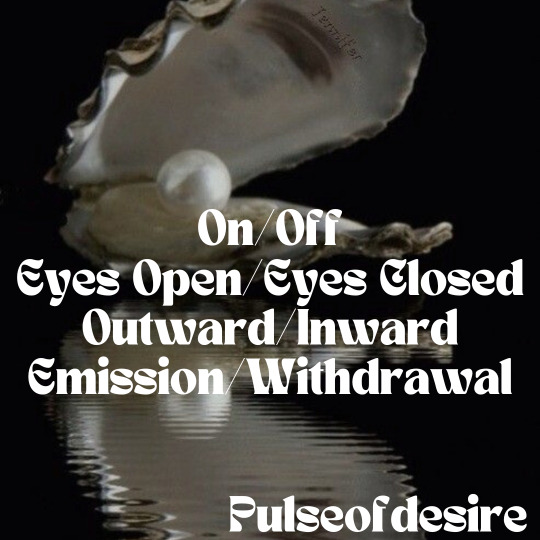

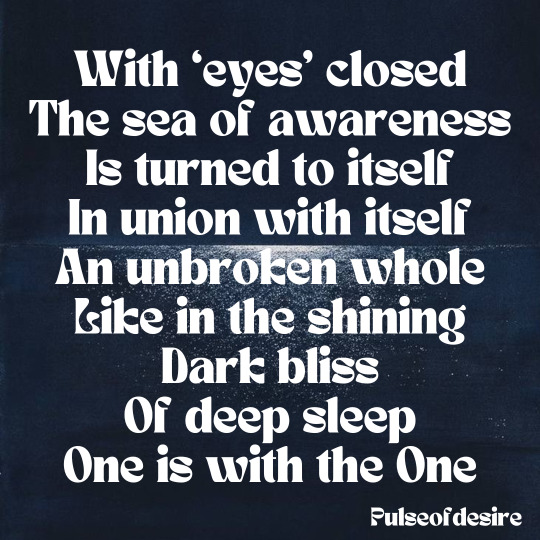

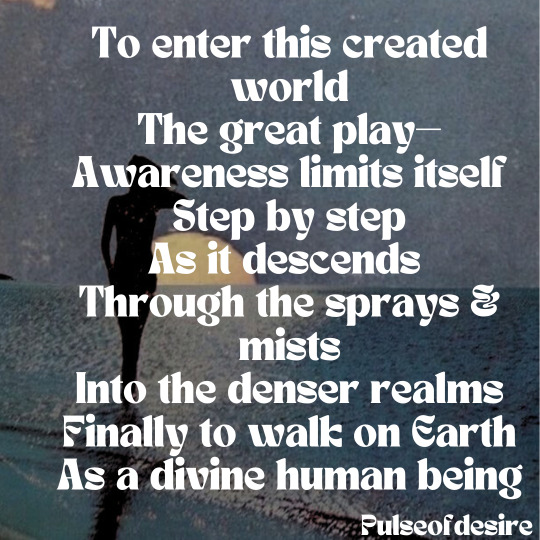
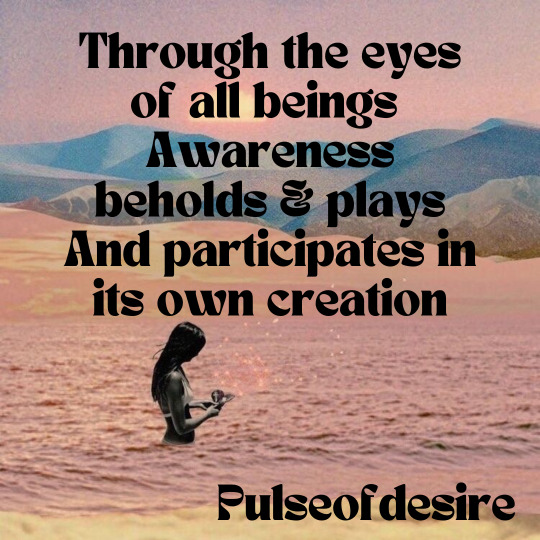

There are two directions available, intimacy & unity—
Intimacy is to go inward, and to know all as your own substance-vibration— as love
Unity is to go towards another, and through collapse of separation to know yourself, as one with the other
I am nothing (in particular)
I am everything, I am all
are two ways that reality
May present to us
Looking towards itself, awareness is one with only itself, without appearances of a world
Looking outward towards a world awareness, simultaneously creates the world, and is one with everything that appears within itself
Love is always only this
Love is, what is experienced
When boundaries collapse
By either, withdrawal into essence
Or by expansion of limited awareness
Into all that is
Into universal awareness
2 notes
·
View notes
Text
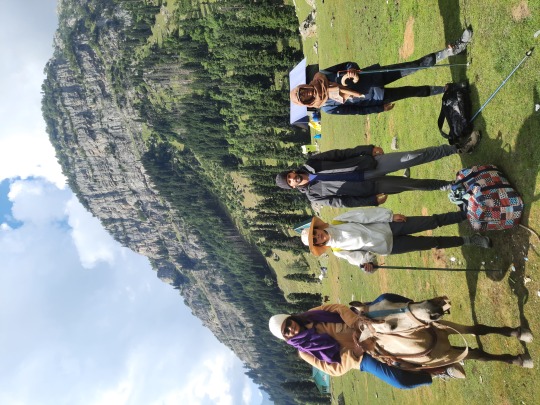
#kashmir tour#kashmir trip#kashmir great lakes trek#kashmir shaivism#kashmir hill#kashmir#Climbkashmir#treksinkashmir#tarsarmarsartrek#kolahoiglaciertrekkashmir#pahalgam#sonamarg
0 notes
Text
In Your Mother's Womb You Vowed
In your mother's womb you vowed
not to be born again.
When will you recall the vow?
And die, even while alive
(to all desire, and be released from birth and death)
Great honor will be yours in this life and greater honor after death.
-- Lal Ded (Lalleshwari)
#kashmir#buddhism#nirvana#moksha#hinduism#shaivism#kashmiri shaivism#meditation#reincarnation#atma#spiritual quote#quote#quotation#poem#poetry#lal ded#lalleshwari#indian poem#hindu#shiva
17 notes
·
View notes
Text
Bro there's an Indian temple inside a cave deep in the mountains of kashmir called amarnath in which, every year, 3 shivlings (Shiva linga, is an abstract or aniconic representation of the Hindu god Shiva in Shaivism. It is typically the primary murti or devotional image in Hindu temples dedicated to Shiva, also found in smaller shrines, or as self-manifested natural objects.) made entirely out of ice formed by small drops of rainwater let in by tiny holes and cracks in the ceiling that are naturally placed at such an angle to give shape to the shivling. These shivlings start forming around april/may but it takes months for the government to clear the path and thus the tourism season starts in july, and the shivlings automatically melt a month or so after. Thousands of people travel and hike to worship this place. Isn't that cool? Indian temples rock!
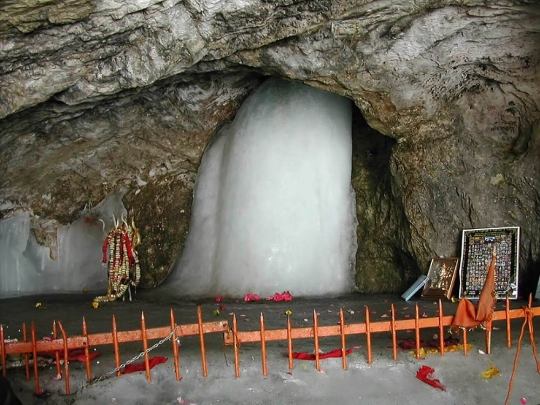

108 notes
·
View notes
Text


Soma Serpent
Soma has two meanings. One is the Moon; the other is the imagination that is associated with the moon. Soma is also that which when imbibed, the consciousness ascends to different levels, like the Soma which was drunk in the Vedic ages to transform the mind, to raise it from the ordinary state of consciousness to a higher state of consciousness. The real Soma is that which the yogi feels when his energies or his consciousness ascends to the highest center in the human body and it really intoxicates you, so much so, that you don’t need to go to a bar ever!
Shiva can be Shankara, as you see in form, or Shiva can be the absolute Supreme Brahman who is also called Som. In Kashmir Shaivism, Shiva has no image, He is the Supreme Being.
From:
34 notes
·
View notes
Text
|| Tantra: An Unexplored Science, Basic Meaning Explained. How Is It Connected To Bhagawan Shiva? ||
In Hinduism, there are three ways to worship any Deity-
1. The satavik way- In which we show our devotion to a deity using satvik ways like ringing the bell, offering jal, prasad etc.
2. The rajasik way- In which we show our devotion by dressing up in a specific way, using fragrance, using ratnas, some yantra etc.
3. The tamasik way- In which we show our devotion by using some specific rituals, dead bodies, animal sacrifices, sex etc.
It is common for people to misunderstand tantra, but it shouldn't come as a surprise because everyone possesses different qualities within them, namely Sato (purity), Rajo (activity), and Tamo (darkness).
Tantra provides a pathway to worship the divine through the Tamo aspect of our nature. In essence, Tantra is a science of the mind, a form of psychological exploration that aims to expand one's perception. The term 'Tantra' originates from Sanskrit and has multiple interpretations. One explanation is that it is a play on the word 'sutra,' which means 'thread' or 'formula.' If sutras represent individual threads of thought, Tantra can be likened to a loom that weaves these threads together into a comprehensive system of thoughts.
Another understanding is that Tantra combines the words 'tattva,' meaning the science of cosmic principles, and 'mantra,' referring to the science of mystical sound and vibration. In this sense, Tantra delves into the knowledge of universal principles and the use of sacred sounds for spiritual purposes.
According to Hindu beliefs, at the beginning of Satyuga, Bhagawan Shiva appeared as Swacchandanatha, possessing five mouths representing his five energies: Consciousness Bliss Will Knowledge, and Action. Through these energies, Shiva revealed the Tantras, some spoken through each of his mouths and others simultaneously recited through multiple mouths. These Tantras fall into two main categories: Dualistic and Mono-Dualistic, known respectively as "Shiva Tantra" and "Rudra Tantra."
When these five energies of Bhagawan Shiva unite in a way that each holds the others simultaneously, they give rise to 64 Bhairav Tantras, which are purely Monistic (Advaitic) in nature. The philosophical teachings expounded in these Tantras are referred to as the "Trika" philosophy or Kashmir Shaivism.
The origins of the sacred Tantras are believed to involve teachings initially given by Bhagawan Shiva to his wife, which were then passed on to human sages like Matsendranath. It is crucial to understand that Tantra does not advocate promiscuity but rather emphasizes extreme discipline. It is viewed as a technology or method to harness the energies within the body and from the surroundings.
According to Tantra, every human being with limited mental vision is spiritually ill. The true state of health is attained by transcending the constraints of time, space, and causation. The ultimate goal of Tantra is to replace the limited personality with an unlimited and permanent one, facilitating spiritual liberation and profound transformation. Indeed, the practice of Tantra is deeply rooted in the tradition of receiving Guru Diksha or initiation from a qualified spiritual teacher.
As Bhagawan Shiva emphasized in the Kularnava Tantram, all the practices advocated by Tantras, such as Yoga, Dhyana (meditation), Puja (worship), Japa (chanting), and others, are considered futile without proper initiation (adikshata). Just as seeds sown on stones fail to grow into plants, similarly, the efforts of an uninitiated person in these practices may not bear fruit. It's crucial to understand that Tantra is a profound and intricate spiritual path that goes beyond the understanding of today's science. It is not synonymous with black magic or superficial spells (tona totka). Instead, it involves a deep exploration of the mind, energy, and spiritual consciousness.
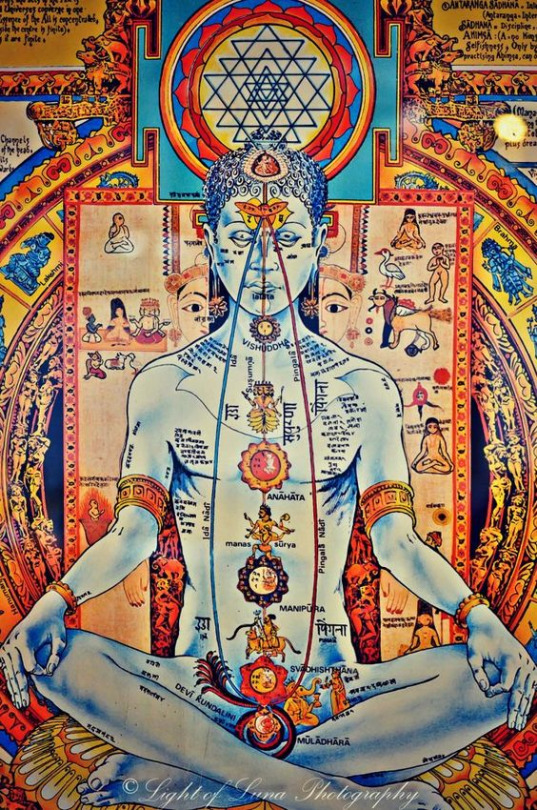
26 notes
·
View notes
Text
"Abhinavagupta teaches a form of absolute idealism according to which everything that appears to us as material and everything individual is projected by a single consciousness.
The argument is that whatever causes the physical world must be non-physical. Since individual centres of consciousness are localised by matter, the ultimate source must be unconditioned, creative universal consciousness. On the individual level, we can only make sense of the coherence of our experiences and memories if they belong to a single persisting conscious subject (inhabiting a stable world regulated by objective structures).
This is extended macrocosmically. The universe of subjects and objects holds together because it has a single conscious source that preserves it in being. The coordination of diverse subjects and objects is possible only if they are aspects of a single, universal field of experience.
Universal consciousness causes objects of awareness to appear as if distinct from the limited subjects of experience. The forms figuring in our awareness have as their objects the ideas (abhasa) projected by the universal consciousness.
The goal of religious practice is the transcendence of limited individual subjectivity. Enlightenment is the realisation that the subject that has selfishly considered itself as an individual is identical with the universal transcendental conscious energy (samvit), named Shiva. Liberation from rebirth (moksha) is the recognition that, 'I am Shiva and this whole world is my self-expression'.
The authen- tic identity is already present as the constant background to all experience but must be recognised and reflected upon as the ultimate conscious principle manifesting it- self as all limited subjects, acts and objects of experience. What appear as external, physical objects depend upon consciousness.
Since causality is exclusively a property of conscious agents capable of volition, creativity by the physical is impossible. Since only an idea can be like and thus represent an idea, consciousness would not represent matter if matter were something totally different from it. We cannot experience anything other than consciousness. "
Further reading: Singh 1982; Torella 2002
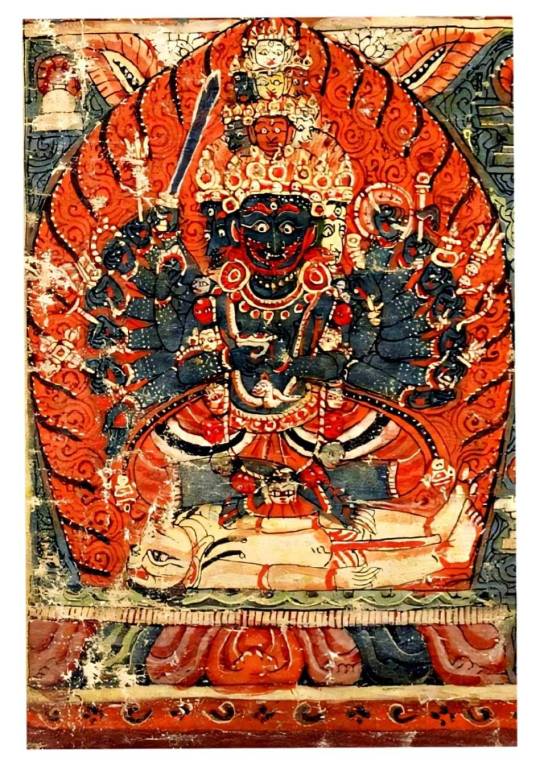
1 note
·
View note
Note
What do you think of the mahavidya as opposed to the non-tantric (?sorry I’m not sure if that’s the right phrasing) goddesses like lakshimi or saraswati? Are tantric forms of the goddess more taboo in India or are they kind of the same?
dw i gotchuuu <3
So, Hinduism has different denominations. The most common ones are Vaishnavism, Shaivism and Shaktism (in descending order of popularity)
In Hinduism, there is the concept of 'Trimurti' akin to the Christian view of the Holy Trinity. The Trimurti refers to Brahma, the Creator (whose wife is Saraswati), Vishnu, the Preserver (whose wife is Laxmi) and Shiva, the Destroyer (whose wife is Parvati). Vaishnavism considers Vishnu to be the sole Supreme being, leading all other deities, Shaivism considers Shiva as the Supreme being, Shaktism refers to the worship of Shakti and her numerous personifications.
Different denominations are prevalent in different parts of the country.
Shaivism is more common across South India and some parts of Northern India like Kashmir, Himachal Pradesh, Uttarakhand etc
Vaishnavism is the most popular denomination of Hinduism so practitioners are more spread across the country? But generally the stronghold is across Central-Western India.
Due to this, Goddesses like Saraswati, Lakshmi etc enjoy more mainstream popularity??
Shaktism is very niche tbh,, the more popular Mahavidyas like Durga, Kali etc are worshipped extensively, esp in West Bengal and the North-East generally and Tantric Goddesses are often worshipped in villages and more remote parts of the country?? But it's not very common.
Hinduism is the not the only religion practiced in India and the Mahavidyas themselves have significant overlap with the Buddhist pantheon. Buddhism originated in India and sort of went into decline several centuries ago and the pantheon was lowkey combined so there is a lot of overlap between the two.
It is kind of taboo?? to worship certain Tantric deities,,because they are more aggressive and fierce?? and many perhaps associate it with a more primitive kind of people/worship?? (not to offend anyone). This is a poor comparison but think of it as the more "pagan" part of Hinduism.
A lot of people associate more occult/black magic-y practices with these Goddesses 😬😬
Since Shaktism is in general, not very mainstream, the temples dedicated to these lesser known Goddesses are only found in certain parts of the country.
Many Shaiva Hindus however revere the Goddess Shakti (or her more popular personifications like Kali and Durga)
6 notes
·
View notes
Text
Kalidas Uvacha
Krittivāsapriye Sarvalokapriye
Lakshmigrihitāngi Padmēsupadmē Umē
Krishnēna Sampūjyasē Chaturbhujē
Chandrakalāvatamsē Susōmatē Kumkuma
Rājasomē Pundrēkshu Pāshankusha
Pushpabāna Haste Jagadēka Mātaha
Kalidas said "Matangi is the beloved by Lord Shiva and the adorer of the entire universe. She is deity Uma, worshipped by Goddess Lakshmi. Lord Krishna worshipped her. Has four hands with cane, pasham, ankusham, and gada. She has moon on her head."
Matangi is the Tantric form of Saraswati. An avatar incarnation of Saraswati. Just saying in case if some people were not aware of who she is.

#shaktism#hinduism#tantra#mahasiddha#kashmir shaivism#trika shaivism#matangi#goddess saraswati#saraswatipuja#saraswatiblessings#mahavidya#mahadevi#shakti#occult#occultism#esoteric#esotericism
3 notes
·
View notes
